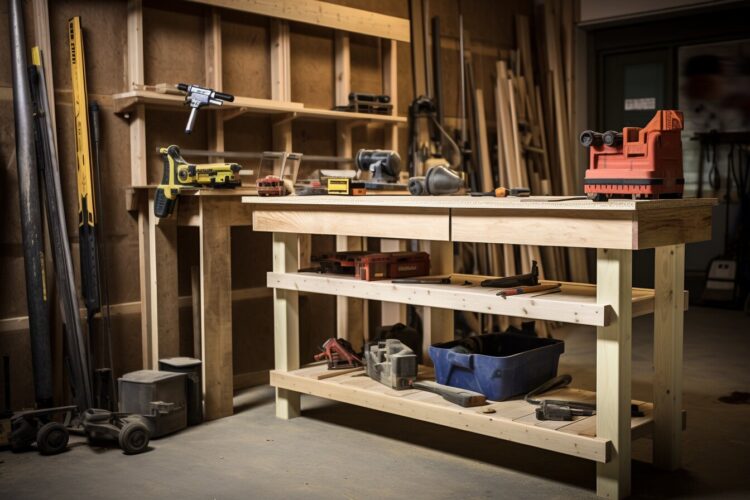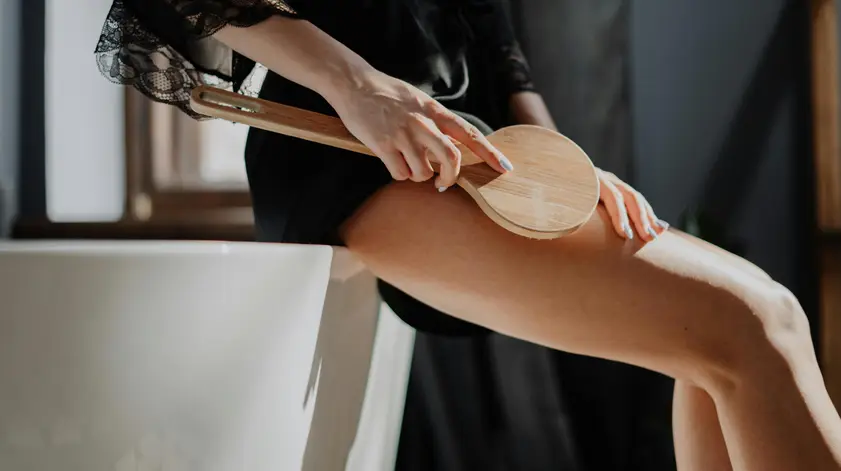Introduction
DIY carpentry is a rewarding hobby that allows you to create functional and stylish projects for your home. Whether you’re a total beginner or have some experience with woodworking, it’s never too late to dive into the world of carpentry.
Tools and Materials
Before you start your first carpentry project, you’ll need to gather a few essential tools and materials:
Hammers, screwdrivers, and a drill
Saw (circular, jigsaw, or miter saw)
Measuring tape, ruler, and level
Clamps and a workbench
Safety goggles and ear protection
Wood (plywood, boards, or reclaimed wood)
Screws, nails, and wood glue
Getting Started
Once you have your tools and materials ready, it’s time to start your first carpentry project. Here’s a step-by-step guide:
- Choose a Project: Start with something simple, like a floating shelf or a small side table. Pick a project that matches your skill level and interests.
- Plan and Measure: Before cutting any wood, plan out your project and measure the dimensions accurately. Use a measuring tape, ruler, and level to ensure precision.
- Cut the Wood: Use a saw to cut the wood according to your measurements. Remember to wear safety goggles and follow proper cutting techniques.
- Assemble the Pieces: Use screws, nails, or wood glue to join the cut pieces together. Use clamps to hold the pieces in place while the glue dries.
- Sand and Finish: Sand the wood surfaces smooth using sandpaper. Apply a finish of your choice, such as stain or paint, to protect and enhance the appearance of your project.
- Enjoy Your Creation: Once the finish is dry, your project is ready to use or display in your home. Admire your handiwork and start planning your next carpentry project!
Tips and Safety Precautions
Here are some tips and safety precautions to keep in mind as you embark on your DIY carpentry journey:
- Start Small: Begin with simple projects to build your skills and confidence before tackling more complex designs.
- Measure Twice, Cut Once: Double-check your measurements to avoid wastage and ensure accurate cuts.
- Use Proper Safety Gear: Always wear safety goggles and ear protection when using power tools.
- Practice Good Tool Maintenance: Keep your tools clean and sharp for optimal performance and safety.
- Seek Inspiration: Explore carpentry books, websites, and social media for project ideas and techniques.
- Ask for Help: If you’re unsure about a particular step or technique, don’t hesitate to seek guidance from an experienced carpenter.
Conclusion
DIY carpentry is a fulfilling hobby that allows you to unleash your creativity while improving your home. With the right tools, materials, and knowledge, you can build functional and beautiful pieces that will enhance your living space. So grab your tools, gather some wood, and get started on your first carpentry project today!


















